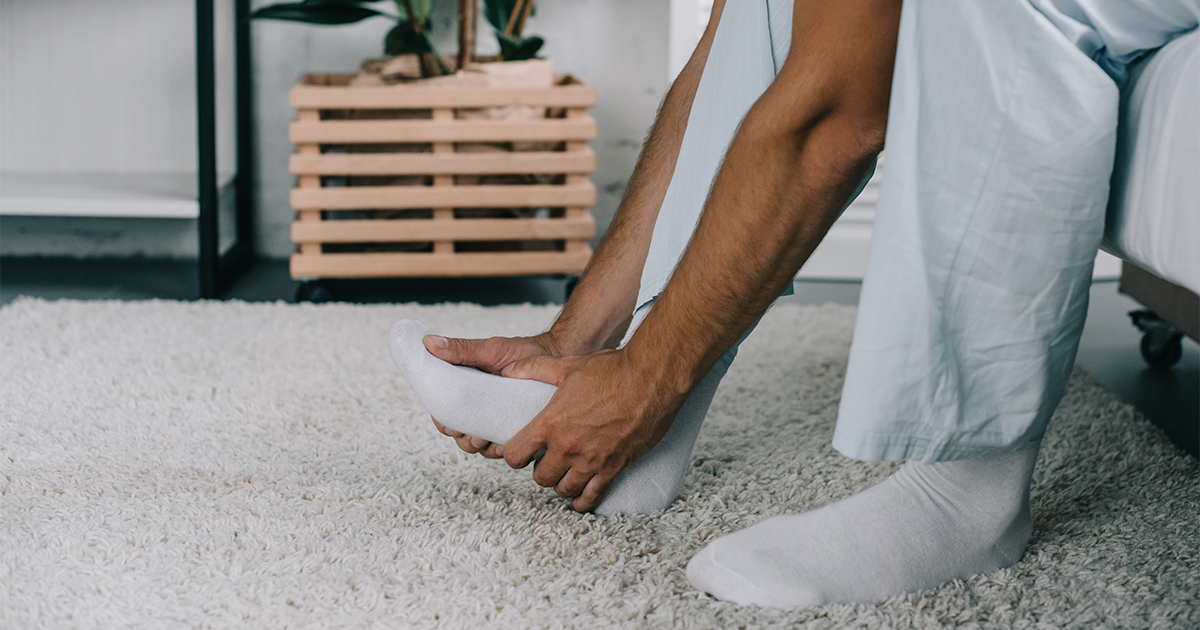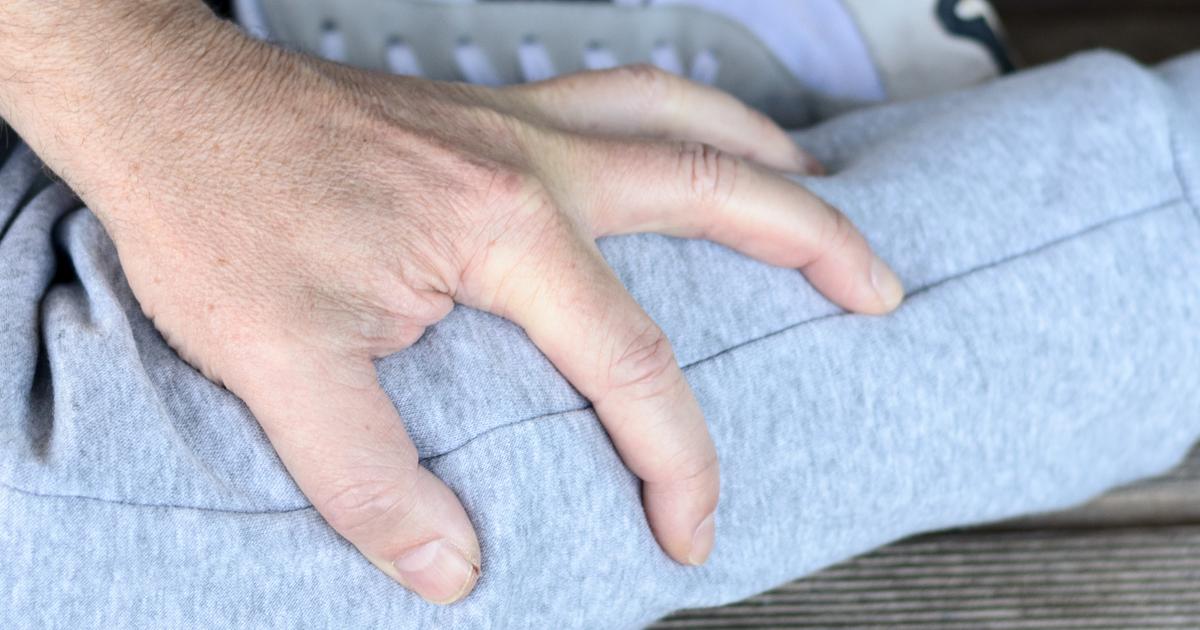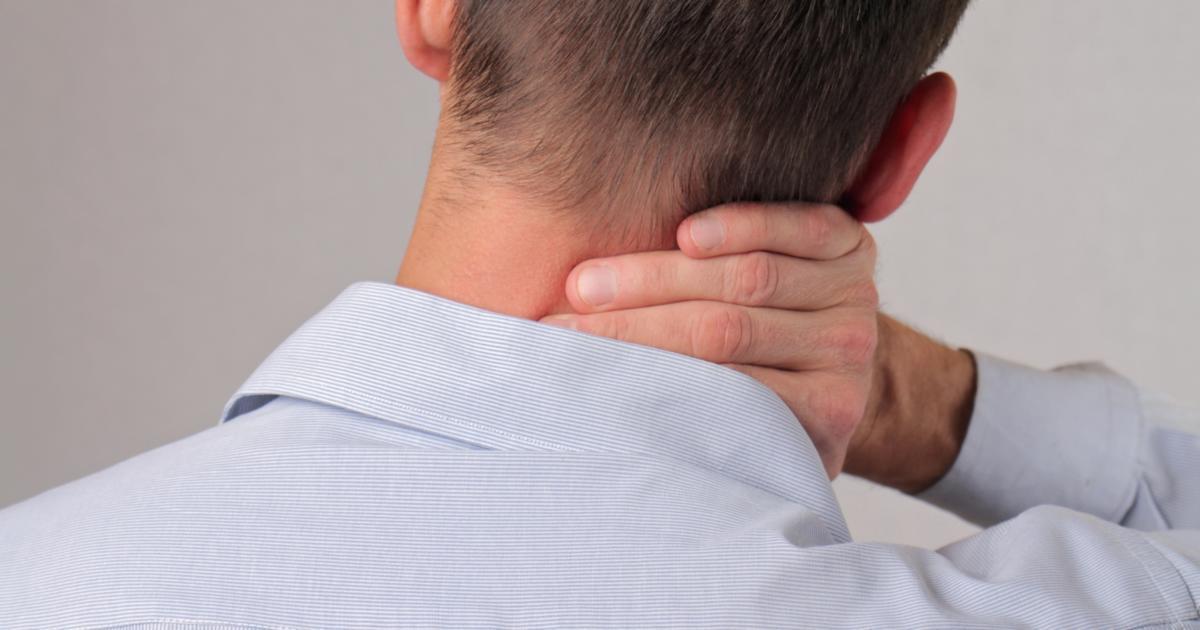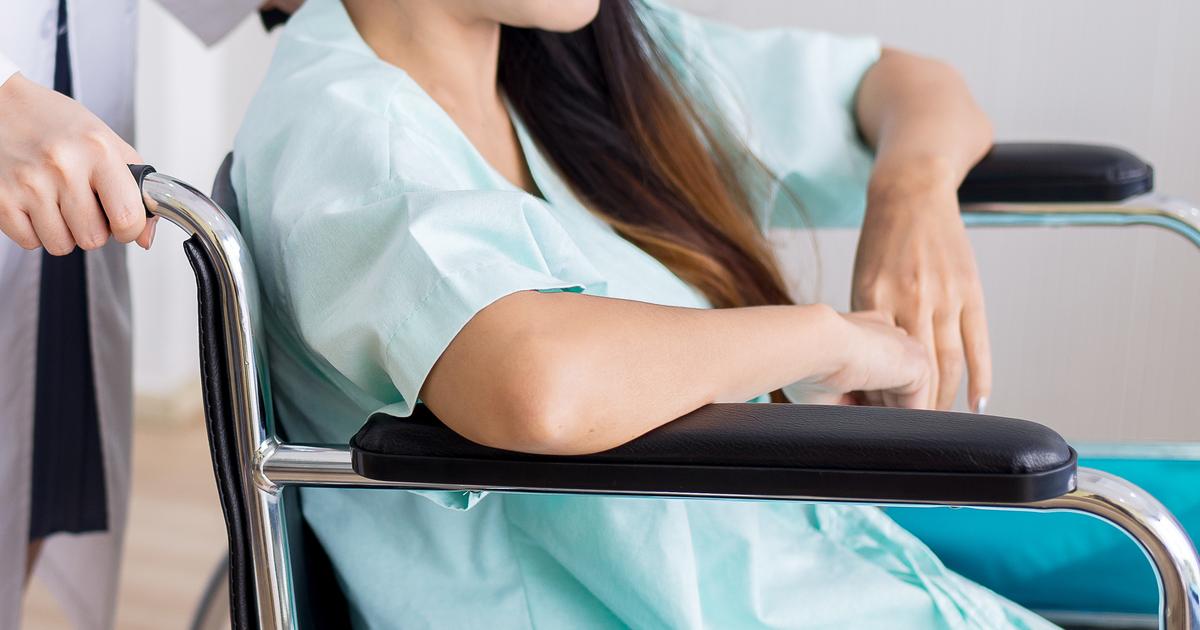Serious Warning Signs Of A Spinal Cord Injury
The spinal cord is a thick bundle of nerves that runs down the center of the back that transmits impulses back and forth between the brain and body. A spinal cord injury occurs when some mechanism causes damage to the spinal cord that impairs the flow of these impulses. When pieces of vertebrae press on the nerves or tear into the cord tissue, spinal cord damage occurs. There are two main types of spinal cord injuries. A complete spinal cord injury occurs when no signals can be transmitted below the injury site. Incomplete spinal cord injury refers to the impairment of impulse transmission below the injury site. Most spinal cord injuries occur as the result of a motor vehicle accident, violence, disease, or sports injury. Spinal cord injury diagnosis is made with a physical examination, CT scan, CAT scan, and MRI. Treatment involves surgery, counseling, physical therapy, occupational therapy, and medications.
Uncover the serious warning signs of a spinal cord injury now.
Loss Or Altered Sensation

A loss of or altered sensation is considered a functional sensory symptom, which includes any sensory symptoms that occur due to nervous system malfunction. Loss of sensation is a symptom that refers to the inability to feel temperature changes or pain in the affected body part. Altered sensation refers to when an individual has an impaired ability to feel temperature changes or pain that may or may not be accompanied by unusual tingling sensations. The symptoms of altered sensation or sensation loss can involve injury to the sensory neurons right outside of the spinal cord or the spinal interneurons inside of the spinal cord. Loss or altered sensation that occurs in all four limbs simultaneously can indicate a severe injury at the cervical level of the spinal cord. Sensation loss or alterations in an individual's torso and upper arms can indicate they have sustained an injury to the thoracic region of their spinal cord. If an individual experiences these symptoms in their pelvic area, lower trunk, and or legs, it can indicate an injury to their spinal cord at the lumbar level.
Keep reading to uncover more symptoms of a spinal cord injury now.
Muscle Spasms

Muscle spasms are where an individual's legs experience stiffness and uncontrollable leg movements. An individual who experiences muscle spasms as the result of a spinal cord injury may present with rapid contraction of the muscles, an involuntary crossing of the legs, increased muscle tone, fixed joints, or exaggerated deep reflexes of the tendons. Muscle spasms occur in individuals who have spinal cord injuries because there is a disruption in the healthy flow of nerve impulses below the point of the injury. These impulses never make it to the reflex control center in the brain, which stimulates the spinal cord to compensate. However, the spinal cord is not as skilled at performing this function as the brain is, so the impulses sent to the affected part of the body can be overactive or exaggerated. The most prevalent muscles that experience spasms due to spinal injuries include those responsible for extending the leg and those responsible for bending the elbow joint.
Get more details on signs of a spinal cord injury now.
Loss Of Movement

An individual who has experienced a spinal cord injury may have a loss of movement, though the extent depends on what part of the spinal cord has become injured. Injuries in the cervical spinal cord can cause the patient to lose the ability to use all of the muscles underneath the injury, including those that help them breathe. If the injury is located in the bottom part of the cervical spine, the patient may retain the functionality of the muscles they need to breathe on their own and move their shoulders. However, they would be unable to move any of their limbs. Injuries that occur in the spinal cord at the thoracic level can result in loss of movement in the abdominal muscles and below with the exclusion of the hands. Lower thoracic spinal injuries may leave the individual some function in their abdominal muscles but lose movement ability in their hips and below. Lumbar level spinal cord injuries do not often cause complete loss of movement in all of the legs, but may cause movement loss below the knee or closer to the feet.
Read about more spinal cord injury symptoms now.
Extreme Pain Or Pressure In The Back, Head, Or Neck

Some individuals injure their spinal cord in such a way that the nerve fibers in the cord get damaged or even become severed. This mechanism is similar to how a bundle of small wires inside of plastic insulation cord becomes unraveled when the cord is cut. The nerve fibers are very sensitive and cause a considerable amount of pain in the neck, back, or even the bottom of the head when they become inflamed due to partial severance. Often, the spinal bones will cut into the spinal cord tissue and cause this type of incomplete spinal cord damage in an affected individual. Bones can be quite damaging to other tissues in the body like nerves and blood vessels when a sudden impact causes them to come into abnormal contact with other tissues. This process becomes even more severe when the bones in an individual's spine break from an injury, leaving sharp edges to come in contact with soft body tissues. A patient who experiences a spinal cord injury may feel extreme pressure in the neck, back, or head if the bone compresses the spinal cord tissues instead of severing them.
Continue reading to reveal more indicators of a spinal cord injury now.
Balance Issues

Balance issues can occur in individuals affected by a spinal cord injury as a symptom manifestation of the damage they have sustained to their spinal nerves. Part of an individual's balance function is managed by a part of the brain attached to the inner ear. The other component to proper balance is the proper functioning of peripheral nerves, muscles, and bones to work together in stabilizing the body. Individuals who experience a spinal cord injury can experience balance issues if they lose sensation or movement in their feet or any body parts above the feet. If the individual does not experience paralyzation of the legs or feet due to their spinal cord injury, they would only need to have lost sensation by itself, movement by itself, or both. If the patient cannot move their feet or legs, they are unable to balance, and if they are unable to feel their feet or legs, the balance center in their brain will not be able to help them balance. This mechanism is similar to when a healthy individual's foot falls asleep, and they attempt to get up and walk around before regaining sensation in their foot.
Discover additional symptoms of a spinal cord injury now.
Loss Of Bladder Control

Loss of bladder control may develop immediately after a spinal cord injury, and it is most likely to occur in cases that involve damage to the lumbar spine (L1-L5). Lumbar spine injuries generally impact one or both legs, and patients with these injuries could also experience a loss of bowel control. When bladder control is lost, patients might unintentionally urinate, and they may be given special bedding or underwear to make unintentional urination easier to manage. Some patients might be catheterized while in the hospital with a spinal injury as well. Patients concerned about a loss of bladder or bowel control should check with their healthcare team about support and resources that are available to cope with this symptom.
Continue reading to learn more about the warning signs of a spinal cord injury now.
Severe Headache

Patients with spinal cord injuries could experience a sudden, severe headache in the minutes and hours immediately following the injury. Most individuals describe this type of headache as the worst headache they have ever had, and some patients will also have severe pain in the back and neck. A sensation of extreme pressure may be present in the affected areas as well. Patients who have head, neck, or back pain after an injury are normally placed in a special collar. The collar limits head and neck movements to prevent further injury. To assess the severity of a headache, doctors may ask the patient to rate their pain on a scale of zero to ten. Pain medications can be administered to reduce the pain of a severe headache, and patients will be closely monitored. Doctors may touch the forehead, neck, and back to determine the precise location of the patient's pain, and CT scans or MRI scans may be requested to determine the underlying cause of the headache. Patients who have had any kind of spinal injury are at an increased risk of migraines, and they should follow-up regularly with their healthcare team to report any changes in headache intensity, frequency, or other symptoms.
Get more details on symptoms seen in spinal cord injuries now.
Difficulty Breathing

Patients who have difficulty breathing after an injury should be seen in an emergency room immediately. Patients with breathing trouble may gasp for air, and they could feel very short of breath or feel tightness in the chest. Paramedics will check the patient's oxygen saturation rate, and supplemental oxygen will be administered through an oxygen mask placed over the nose and mouth. To investigate the patient's breathing difficulties, doctors will listen to the lungs with a stethoscope. This will help them understand whether the patient's breath sounds are clear and equal on both sides, and further tests will be performed if there are abnormalities. Detailed scans are completed at the hospital to determine the source of the breathing issues. Depending on the scan results, some patients may need to be taken for emergency surgery, and intravenous medications may be needed as well. Some patients will need mechanical ventilation. Breathing difficulties are especially likely to occur with injuries to the cervical spine (C1-C8).
Uncover more symptoms of a spinal cord injury now.
Neck Or Back In An Odd Position

After a spinal cord injury, patients may notice their neck or back is in an odd position. This could occur after a fall from a significant height, and it may also develop after trauma from a sporting injury or a car accident. If the neck or back is in an odd position, this could cause significant pain, and patients may be at risk of further injury. To minimize this risk, the patient should be kept as still as possible immediately after the injury. Bystanders should not move the individual; this should only be done by paramedics or other trained medical personnel. To minimize unnecessary movement, paramedics will place the patient in a collar and on a specialized board during transport to the hospital. X-rays and scans will be performed to check for any dislocations or fractures, and the patient could need emergency surgery. Some minor fractures may respond to conservative treatment such as a brace, and surgery may not be needed in these cases. Depending on the severity of the injury, the patient may need to stay in the hospital for several weeks, and in-patient rehabilitation might be recommended. During rehabilitation, the patient will have physical and occupational therapy to regain as much range of motion and function as possible. Healthcare providers will teach the patient how to perform daily tasks in modified ways, and support resources will be provided once the patient has returned home.
Read more about symptoms of a spinal cord injury now.
Paralysis

Paralysis (the inability to move) is a possibility with any type of spinal cord injury, and it can be permanent. To minimize the risk of paralysis, doctors will take great care when moving the patient, and a careful assessment will be performed. Patients with paralysis might be affected in both legs, and some individuals could be affected from the neck down. Patients will have extensive therapy as they cope with paralysis, and they will be provided with mobility solutions such as lifts and ramps. A specialist team will make recommendations for appropriate home modifications to help the patient live independently. These might include widening doorways to make room for a wheelchair or installing an accessible bathtub or shower. Patients with paralysis will have regular follow-up care, and they may need support with daily tasks. Some patients might be eligible for clinical trials to investigate innovative solutions for individuals with all types of paralysis.